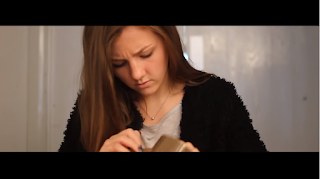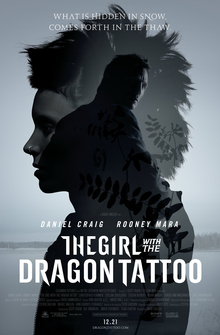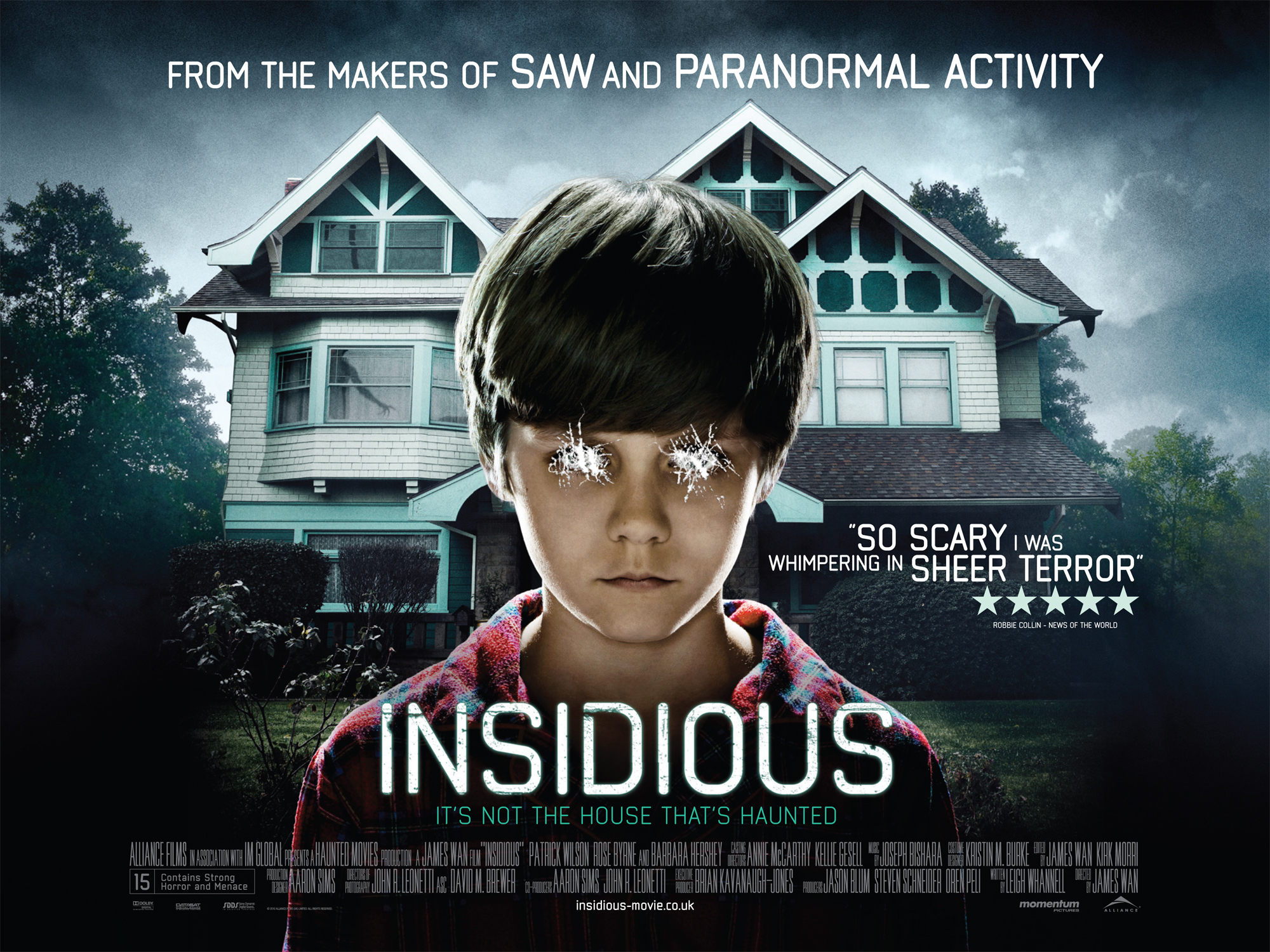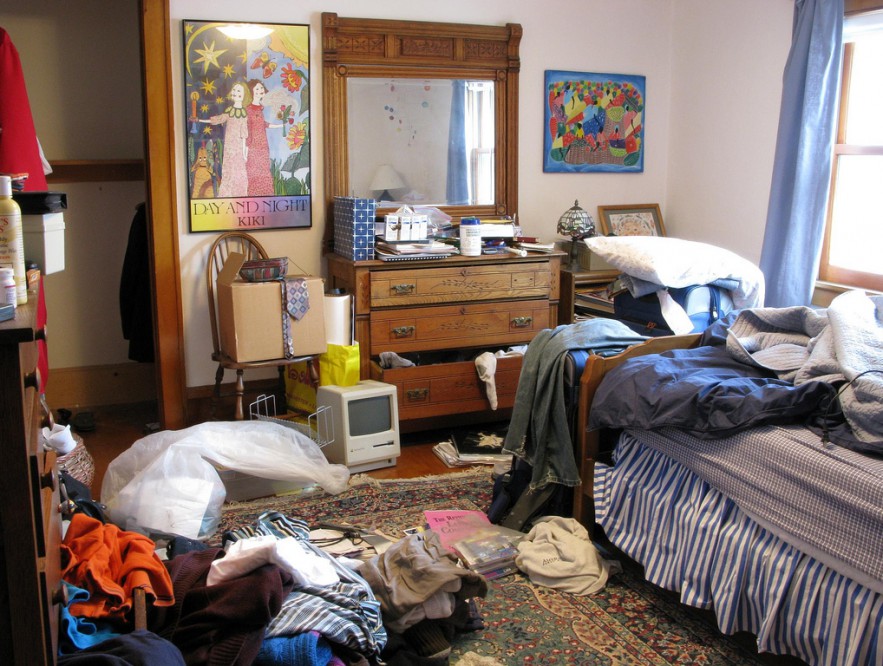Looking back at you preliminary task, what do you feel you have learnt in the progression from it to the full product?
Overall I think I have made a lot of progression from the preliminary task as there is a definite improvement between the first task and the final product. The preliminary task was created in November when I was a new student to media studies. As I was a new student I had no previous experience with cameras and editing software therefore I was rather clueless to the subject never the less I was keen on learning it!
 To start with our preliminary task wasn't thought out well enough. By adding as many camera shots as we could think of we thought the outcome would be better. However when looking back there was no need to use so many shots for the sake of it as it only left the audience confused to the meaning behind it. You can also tell the camera wasn't put on a tripod as you can see the person filming's hand begin to shake towards the end of the shot.
To start with our preliminary task wasn't thought out well enough. By adding as many camera shots as we could think of we thought the outcome would be better. However when looking back there was no need to use so many shots for the sake of it as it only left the audience confused to the meaning behind it. You can also tell the camera wasn't put on a tripod as you can see the person filming's hand begin to shake towards the end of the shot. The final product was a completely different story. me and my partner decided to get organised when doing this task, we made sure we had the right actor playing for the role, we went location scouting, had storyboards at the ready and had also researched similar movie openings and the phobia itself. I think the fact that we were not under strict instructions to follow a script and film in certain locations gave us the confidence to make something original and what we thought would be seen as unpredictable. Even when editing there is a big difference in the first each clip has been cropped together with a song as the background whereas when we were editing The Agoraphobic we had to play around with sound, lighting, colours etc. Overall I feel that I have defiantly learnt a lot from the preliminary task which can be clearly demonstrated in the final cut.
The final product was a completely different story. me and my partner decided to get organised when doing this task, we made sure we had the right actor playing for the role, we went location scouting, had storyboards at the ready and had also researched similar movie openings and the phobia itself. I think the fact that we were not under strict instructions to follow a script and film in certain locations gave us the confidence to make something original and what we thought would be seen as unpredictable. Even when editing there is a big difference in the first each clip has been cropped together with a song as the background whereas when we were editing The Agoraphobic we had to play around with sound, lighting, colours etc. Overall I feel that I have defiantly learnt a lot from the preliminary task which can be clearly demonstrated in the final cut.


























